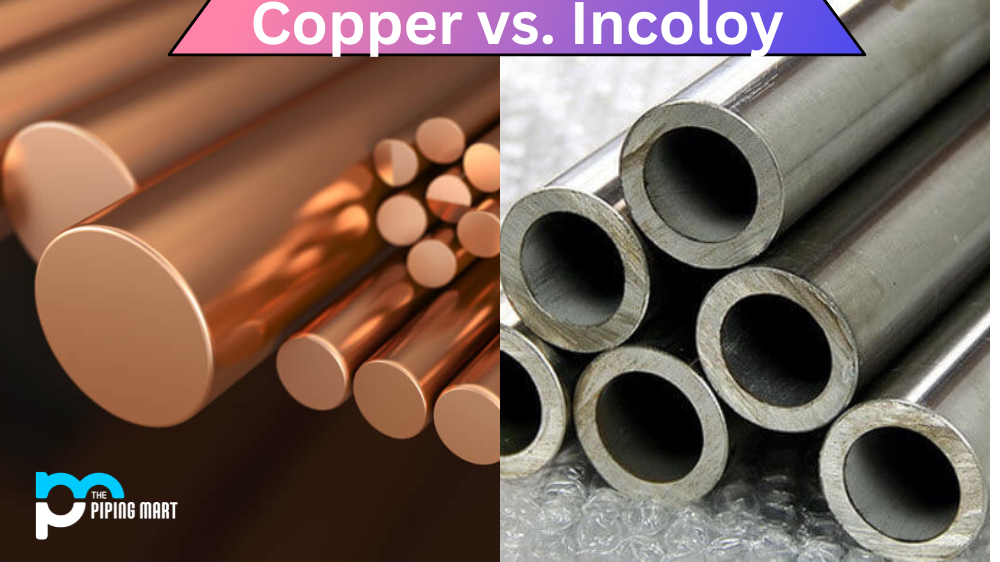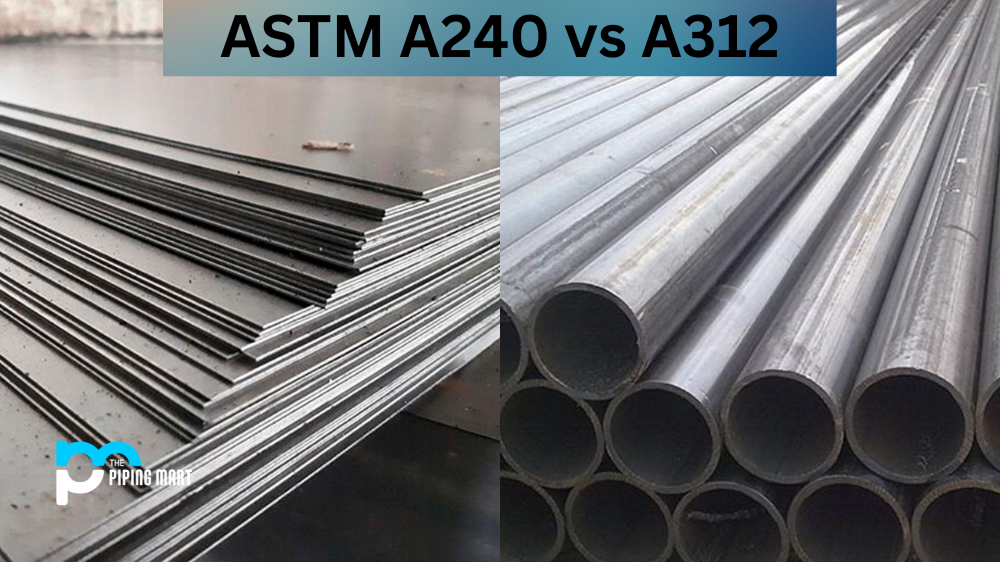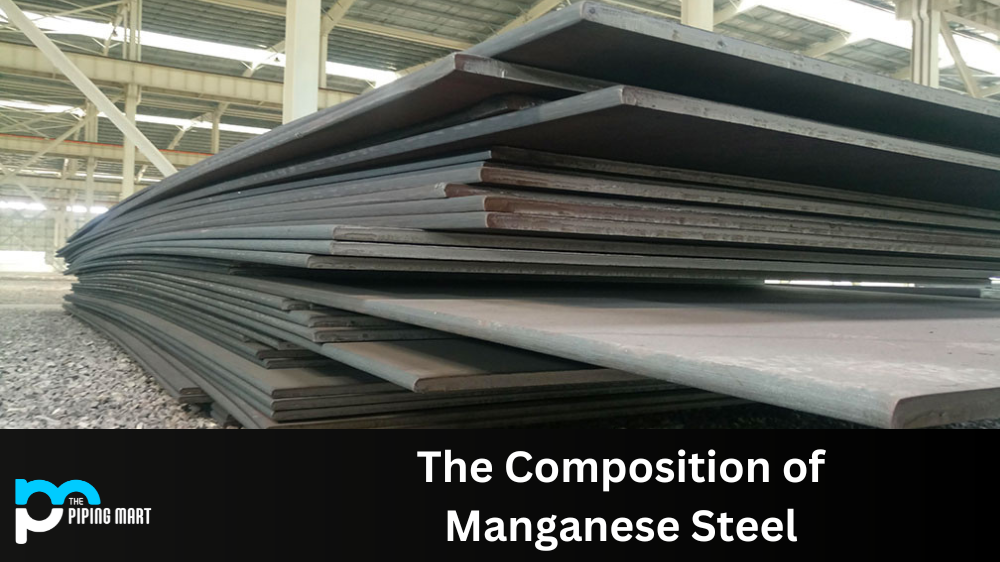When it comes to selecting a heater element for an industrial application, two of the most common materials used are copper and Incoloy. Both materials have unique properties which make them suitable for different applications. In this blog, we’ll discuss the pros and cons of both copper and Incoloy so that you can choose the right material for your application.
Copper Heating Elements
Copper is one of the most commonly used materials for heater elements due to its low cost, high conductivity, and excellent corrosion resistance. It’s also relatively easy to work with, making it ideal for applications where intricate or complex designs are required. However, copper does have some drawbacks; it has a relatively low melting point (1083°C) compared to other metals, and it is not very resistant to oxidation at high temperatures.
- Copper is an excellent conductor of heat, which makes it ideal for use in heating elements.
- Copper heating elements are more energy-efficient than other types of heating elements, such as those made from aluminum or steel.
- Copper heating elements are also more durable than other types of heating elements, meaning they will last longer.
- Copper heating elements can be used in a variety of applications, including in electric stoves, water heaters, and clothes dryers.
- When choosing a copper heating element, it is important to select one that is the correct size for the application in which it will be used.
Incoloy Heating Elements
Incoloy is an alloy made up primarily of nickel, iron & chromium, with smaller amounts of aluminum & titanium added in certain cases. It’s commonly used as a heating element due to its high melting point (1350°C), excellent corrosion resistance, and good thermal stability even at extreme temperatures. The downside is that Incoloy is more expensive than copper and harder to work with due to its higher melting point. Furthermore, it is more susceptible to creep deformation at high temperatures than other materials, such as stainless steel alloys or titanium alloys.
- Incoloy Heating Elements are made from a nickel-chromium alloy.
- Incoloy Heating Elements have a high resistance to corrosion and oxidation.
- Incoloy Heating Elements can operate at high temperatures without deforming.
- Incoloy Heating Elements are used in a variety of applications, including industrial furnaces and kilns.
- Incoloy Heating Elements are available in a variety of sizes and shapes.
Conclusion:
When choosing between copper and Incoloy as a heating element material for your industrial application, there are several factors that need to be taken into account, including cost, temperature requirements, corrosion resistance needs, thermal stability requirements, ease of fabrication/workability requirements, etc. By understanding the pros and cons of each material in detail, you will be able to select the best option for your needs. This blog post should provide you with enough information to get started on your search!

A passionate metal industry expert and blogger. With over 5 years of experience in the field, Palak brings a wealth of knowledge and insight to her writing. Whether discussing the latest trends in the metal industry or sharing tips, she is dedicated to helping others succeed in the metal industry.




